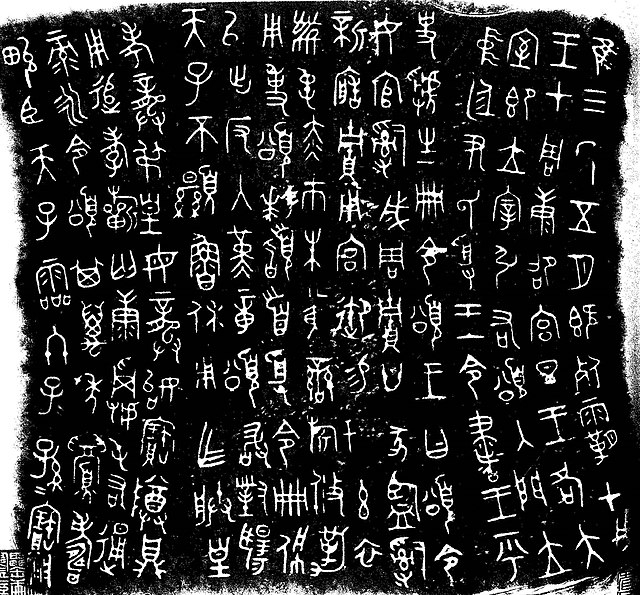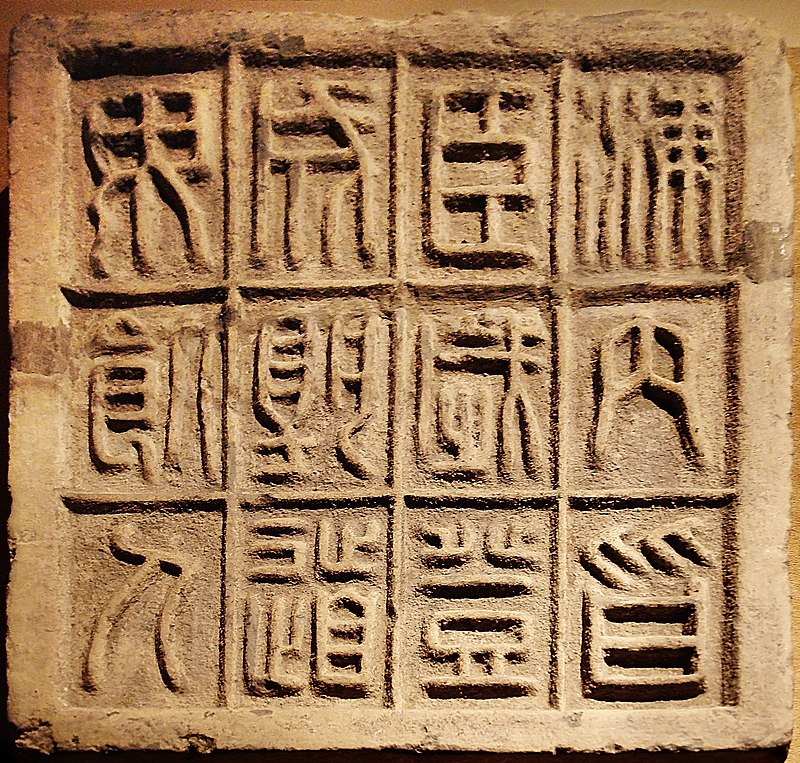Standardization of the writing system
Before the Qin succeeded in unifying China, local styles of characters developed independently of one another over a long period of time, resulting in what is known as the "Scripts of the Six States". However, the characters in the Large Seal Script varied depending on where they were used. In a single government, this variety was undesirable since it made it difficult to trade, tax, or move about. Therefore, the Qin Emperor desired that one particular writing become legitimate across China. He requested the creation of a certain form for everyone to be aware of in 220 BC from his academics and Prime Minister Li Si.
After that, Li Si standardized the written Chinese language, which was already in use in Qin's realm and served as the imperial standard. The new script, now known as the Small Seal Script, underwent another round of standardization by getting rid of all of its various forms. The First Emperor of China standardized the smaller seal scripts, which developed from the bigger seal scripts of earlier dynasties, once he took control of the nation. A brand-new, codified style known as the Small Seal Script was first used and has since endured very few changes.
The Chinese writing system was unified throughout China as a result of this standardization. In addition, it had a lasting positive impact on Chinese culture over the next thousands of years.
To conclude, the Qin Dynasty standardized the Chinese writing system:
- in 220 BC by Prime Minister Li Si.
- the appearance of the Small Seal Script replaced the Large Seal Script which existed for thousands of years in Chinese and made it difficult to trade, tax, or move about.
- Standardization of the writing system also brought great benefits to the unification of Chinese culture.










